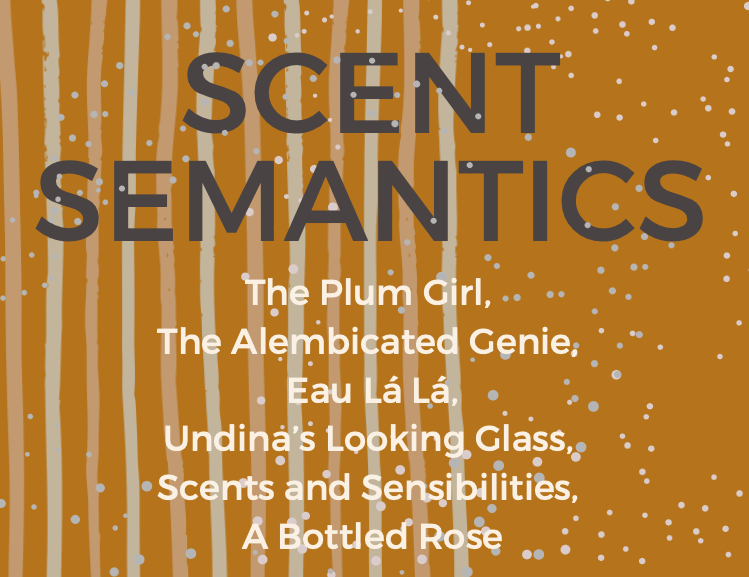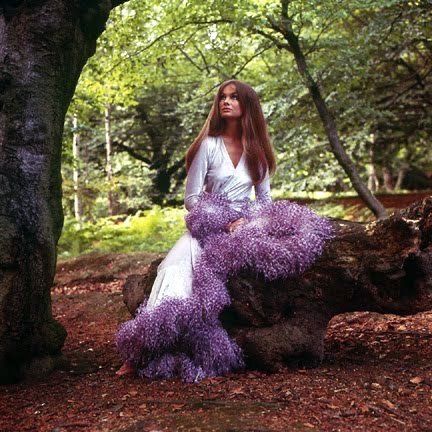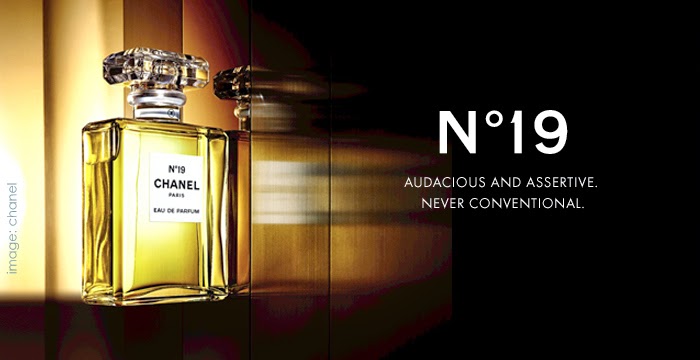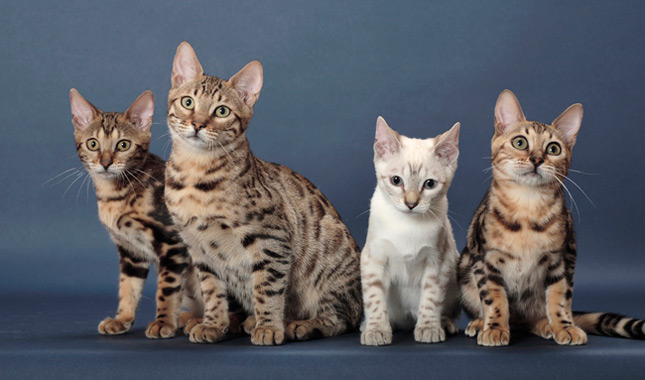This is the end of our year of “Scent Semantics”, monthly posts by several bloggers around the world when we choose a single word and write about a fragrance that it evokes for us. This month’s word is “Serenity”! The full name of this blog is “Serenity Now: Scents and Sensibilities”, and I got to choose this month’s word. So “serenity” it is!
One definition of “serenity” is: “the state of being calm, peaceful, and untroubled.” After a recent trip to Las Vegas and a side visit to the Mojave Desert, the scent I’ve chosen to evoke serenity is Byredo’s Mojave Ghost. This is partly because our hotel’s toiletries were all Mojave Ghost, so I was immersed in that fragrance for several days. The other reason, though, is that I was so moved by the serenity of the desert. We went in the afternoon so we could see the sunset, in an area called Red Rock Canyon. It did not disappoint.

Our small group was driven in a van by a local guide, whose passion for the landscape was infectious, along a 13-mile scenic loop route. We made several stops along the way, to see some special places and take photos. It’s a cliché to say this, but it is remarkable to this East Coaster how much life and fertility exists — thrives — in the desert. And it is indeed a very serene setting, especially around sunset. The air cools, the breeze quickens, the shadows gradually lengthen, and for a brief moment, even the atmosphere takes on a rosy hue to match the clouds that hover over the horizon. At that moment, the desert feels like one of the “thin places” on earth, where the gap between heaven and earth dwindles and time pauses to catch its breath.
Byredo captured this perfectly in Mojave Ghost. From the brand’s website:
Mojave Ghost is a woody composition inspired by the soulful beauty of the Mojave Desert. In this xeric wilderness, rare are the plants that dare to blossom. With a light and graceful character, top notes of musky Ambrette combine with fresh Jamaican Nesberry. Powdery Violet then unfurls to reveal Sandalwood. Finally warm Chantilly Musk rounds out a base of crisp Amber and Cedar wood, leaving the raw spirit of Mojave Ghost to linger on the skin.
Colognoisseur Mark Behnke wrote about Mojave Ghost in 2014, when it was launched, and explained that part of the perfumer’s brief was to capture the scent of a flower that survives in this desert, the Ghost Flower (Mohavea Confertiflora). One of the notes listed, though, is actually a plant from the tropics, the Jamaican naseberry or sapodilla plant. Mark explains the role it plays in Mojave Ghost, which is to create the slightly sweet, lightly spicy odor of the desert in bloom. Perfumer Jerome Epinette also brings notes of ambrette, violet, magnolia, sandalwood, amber, and cedar into his composition. The dryness of the woody notes evokes the dryness of the desert, while the floral notes, although based on non-desert flora, communicate that there are indeed plants that bloom there.

My own experience with Mojave Ghost is colored by the fact that for several days, I literally bathed (or showered) in it, via the hotel supplies. Hand wash, body wash, shower gel, body lotion, shampoo, conditioner! I’ve never been so immersed in a single fragrance, honestly. While I’ve certainly stayed in hotels that had lovely, scented, coordinated toiletries, I don’t normally use all of them and I don’t use them lavishly for several days in a row. But on this trip, I slathered myself with lotion twice a day to stave off the dryness of the air; and this hotel had the large, pump containers attached to the wall instead of those itty bitty plastic bottles, so I indulged freely. Back home, I pulled out a sample of Mojave Ghost eau de parfum to confirm my impressions.

The sapodilla note is very evident at the opening, with the ambrette adding a gentle muskiness that suggests both the landscape and the presence of small, unseen creatures, like those that inhabit the desert. Mark Behnke finds that the sapodilla smells like cinnamon and fruit. I wouldn’t say I picked up cinnamon, but definitely something lightly spicy, a bit like the clove one smells in carnations. The fruitiness is also light, not overly sweet. The floral notes waft in as if on a breeze, supported by dry, woody sandalwood. Finally, the florals fade into amber, and sandalwood gives way to cedar, leaving a warm, transparent wash of fragrance on the skin.
This is not a difficult or demanding fragrance, and it does convey serenity, just as the desert sunset can induce a meditative frame of mind. Some commenters on Fragrantica have found it boring, but others cherish it. I find it peaceful. It doesn’t implicitly hold its wearer to any standard of costume or makeup, unlike some. Mojave Ghost would never remind you to wear lipstick, or stilettos.
Do I want a full bottle? No. But I could see springing for the hair perfume; I think that format would suit the warm yet sheer impression Mojave Ghost leaves.
What fragrance do you find serene? And please check out the posts by my fellow Scent Semantics bloggers:
























